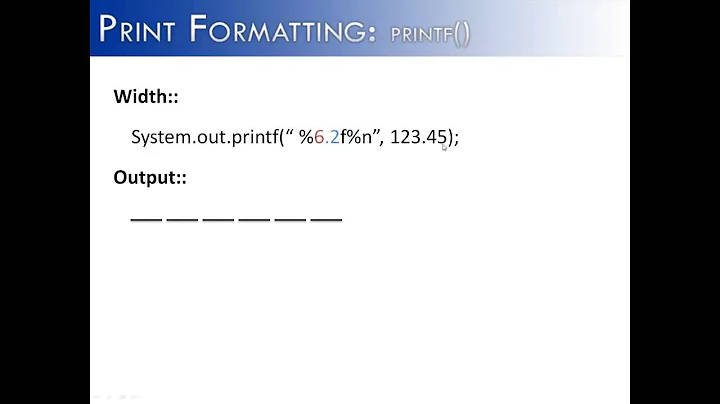Why does printf("%d\n", printf("%d\b", a)) work this way?
printf("%d\b",x)
prints the characters '1', '0' (because x==10) and \b. The \b is a backspace character; if you print to a terminal, it will print 10 and then move the cursor back one column.
A call to printf returns the number of characters it printed; in this case, the result is 3 (yes, '\b' counts as a character).
printf("%d\n",printf("%d\b",x));
The inner printf call works as I explained above, and returns 3. The outer printf call prints "3\n".
So the entire statement will print:
10\b3\n
The '\b' causes the 3 to be replace the 0 on the screen, so the final displayed result (when I run the program on my system) is:
13
If I pipe the output through cat -v, I get:
10^H3
where ^H represents the backspace character.
EDIT :
The question was just edited, and the modified program's behavior is quite different. The switch statement causes control to jump past the declaration int x = 10;, but into the scope in which x is declared. As a result, x is uninitialized when printf is called. This causes undefined behavior, and most likely garbage output (I just got -1217572876^H12). If x happens to be 0, I suppose you'd get 0^H2, which would look like 2.
Whatever you're trying to do, please find a better way to do it.
Related videos on Youtube
batman
Updated on September 16, 2022Comments
-
batman over 1 year
This is my C code, compiled with gcc.
#include<stdio.h> int main() { int a=1; switch(a) { int x=10; case 1: printf("%d\n",printf("%d\b",x)); break; default: printf("%d\n",printf("%d\b",x)); } return 0; }printf() is supposed to return the number of elements it printed successfully.
printf("%d\b", x)should have printed 10 by itself(since the \b takes the printing pointer one step behind (to the digit 0 in 10) and there is nothing to print after that. So it should have just printed 10. That is 2 characters. Now the outer printf would display 2. The output should have been 102. The output I actually see is 2.And in case of nested
printfs is the printing pointer position remembered? I mean, if there is a\bin the insideprintf, it would take the printing pointer one step behind. And when the control now goes to the outerprintf, is that changed position remembered? Will it overwrite over that last character? -
batman over 11 yearsAny idea why the result from the uncommented portion in my question displays 2 ?
-
batman over 11 yearsIs there a term for that behavior where x gets declared but not defined? I'm trying to find out if there are other such similar situations of "statement jumping".
-
Keith Thompson over 11 years@learner: As C defines the terms,
xis both declared and defined; it's not initialized. It can happen without "statement jumping", for exampleint x;(at block scope) leavesxuninitialized. -
Neail about 2 yearsplease help me to more about these things "%d\n" what are these called? in what logic those mean 0/1?
-
Keith Thompson about 2 years@Neail You're asking how
printfworks. Find a good C book or tutorial. I can't explain it meaningfully in comments. -
Neail about 2 yearsanyone having the same question as mine please visit this link- docs.oracle.com/javase/tutorial/java/data/numberformat.html
-
Keith Thompson about 2 years@Neail I'm sure that's useful information for some, but the question was about C, not Java.
-
Neail about 2 years@KeithThompson it seems the logic I am looking for is same, please correct me if I am wrong.
-
Keith Thompson about 2 years@Neail If you have a question, post a question. It's not going to be useful to discuss this in comments.








